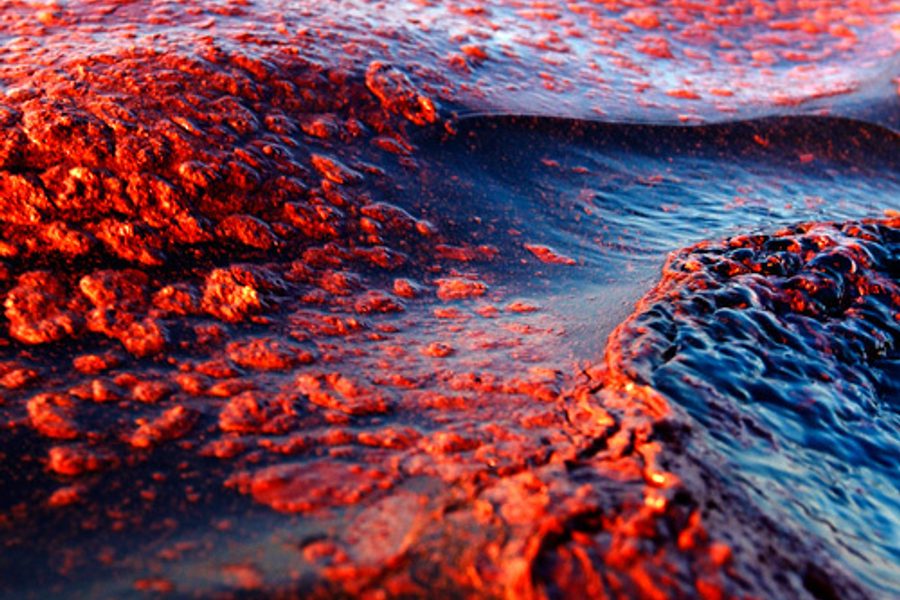
As oil continues to gush into the Gulf Coast, oil giant BP is stepping up its already intensive lobbying and PR campaigns to salvage its image and minimize its liability.
Last week, Working In These Times reported that President Obama received more campaign cash from oil giant BP than any other candidate in the 2008 election cycle — $71,051 to be precise. Erika Lovely of Politico reported yesterday that, over the course of his political career, Obama has received more BP-linked dollars than any other candidate in the last 20 years, $77,051.
Michael Scherer of Time magazine accused Politico of sensationalizing the story. He felt it was important to point out that Obama garnered so much money from BP because he ran for president. But presidential candidates raise a lot more money across the board, so it’s potentially misleading to compare Obama’s haul to that of senators who have never run for president.
The White House stresses that Obama did not recieve any money from BP’s PAC for his presidential campaign. The vast majority of the BP-linked cash that Obama has received to date came from individual employees of BP who gave to his presidential campaign. Note, however, that the figures cited in this post do not include small dollar donors.
The data on campaign contributions come from the Center for Responsive Politics (CRP), a nonprofit that tabulates this information from public records and publishes it online. According to CRP spokesman Dave Leventhal, these totals only include donations larger than $200. Donors who give less than $200 don’t have to list their employer.
Leventhal explained that the vast majority of individual donations over $200 come from corporate executives and other higher-ups. So the pattern of individual donations is a sensitive indicator on the company’s political giving strategy. BP’s political giving has exploded since Tony Hayward replaced John Browne as CEO in 2007.
Yes, presidential candidates raise more money overall. By the same token, special interests give more because the allegience of a president is worth more than that of a senator. BP has used this strategy in the past: George W. Bush received a total of $47,388 from BP over the course of his career. Republican presidential candidate John McCain received $36,649 in the 2008 cycle alone.
Like most corporations, BP is happy to play both sides of the fence in its search for influence. As oil continues to spread throughout the Gulf and onto its shores, and politicians call for steeper penalties for companies responsible for spills, we’ll see what that’s influence is worth.







